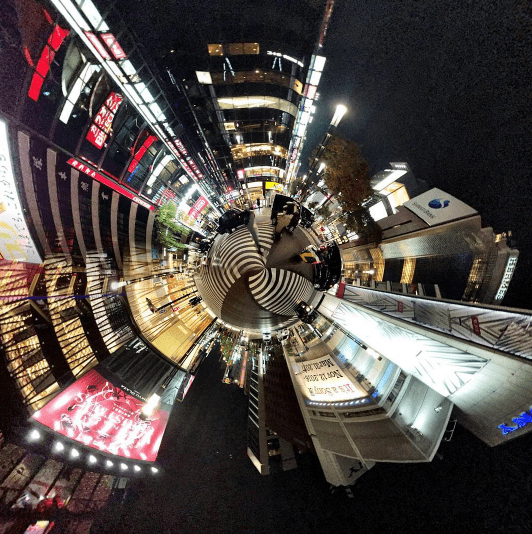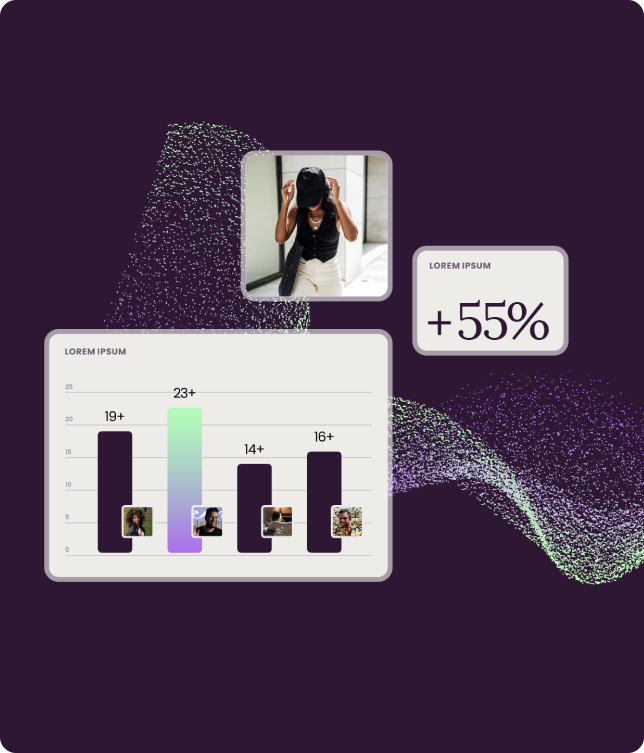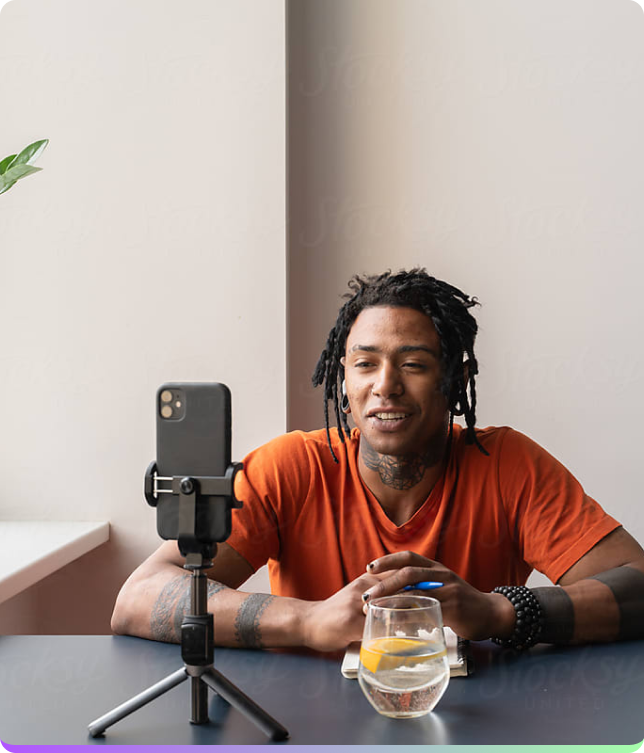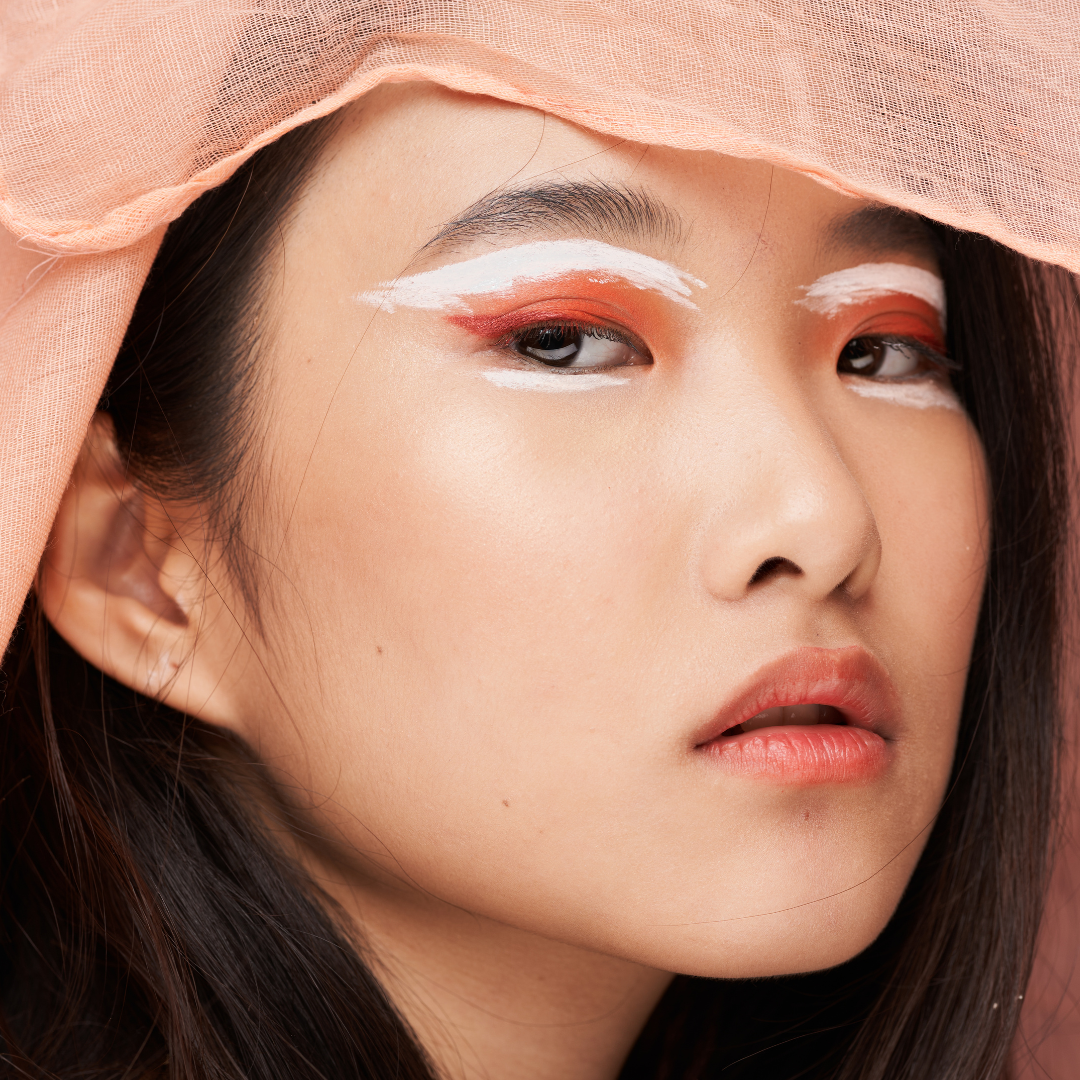After presenting in Tokyo and meeting with top luxury brands, Wearisma discovered key trends in Japanese influencer marketing: the growing influence of Chinese tourists on luxury sales, the unique role of Japanese influencers, and the impact of women’s purchasing power on men’s luxury products. Brands must adapt by leveraging local platforms like Line and WeChat, embracing Japan’s artistic influencers, and recognizing the significant role women play in decision-making for luxury goods.

Published On: April 5, 2017
This post was originally posted on LinkedIn by Founder & CEO of Wearisma, Jenny Tsai.
After a week in Tokyo, where Wearisma presented alongside other exciting U.K. martech start-ups at the British Embassy Tokyo’s Digital Marketing Seminar and meeting top Japanese executives across the world’s best luxury fashion, travel and automotive brands, we discovered some fascinating intel into how (luxury) brands are tailoring their marketing initiatives in Japan.
Here are a few things to keep on top of for the future of influencer marketing in the region and beyond:

In recent years there has been a growing tradition of the ‘Ginza Chinese Tourist’. Simply put these are Chinese tourists coming to Japan to shop in masses and typically for high end luxury goods. It is a common occurrence for instance to have someone rush inside and buy a Bottega Veneta handbag for ¥300,000 (c$3,000) before heading back for themselves, friends and relatives.
From baggage allowances on flights between Chinese cities and Tokyo to in store servicing in Mandarin, the Japanese market has adapted to this new wave of shoppers. For luxury brands’ the Ginza Chinese Tourist has become an intrinsic part of marketing and influencer strategies. Some brands going as far as creating exclusive collections only available in stores in Tokyo to attract this prime clientele and, refocusing their influencer marketing towards Chinese customers.
If Chinese tourists are the new high-end buyers for the Japanese market, luxury brand groups like LVMH are becoming more and more aware of the need to influence Chinese travelers to Japan before they arrive in the country but also while they are in market. As Japanese eCommerce platforms are realising, audience data on influencers followers and fans is extremely important in order to attract this particular set of buyers and, also to work alongside Chinese influencers to impact their preferences before arriving to Japan.
“Lorem ipsum dolor sit amet consectetur. Diam platea at tempor ut ut egestas venenatis. Placerat eros eget commodo ut cursus. Enim libero nibh facilisis est. At phasellus mauris ornare posuere consequat. Quam lacus curabitur consectetur amet libero tortor eu volutpat sit. Venenatis eget aenean in enim.”


Especially where Japanese brands are looking to influence Chinese buyers, WeChat and Weibo are core platforms for any brands looking to influence potential Chinese buyers at scale. For the Japanese alone, Line is a good way to go, in addition to the international platforms of YouTube and Instagram. For example, Cartier is just one brand which has just announced “cracking China” through WeChat. WeChat and Weibo have over 850 million and 200 million active users monthly respectively and while, sure, there are subscription and moment ads advertising models available for select, premium brands, influencers have found their place in creating valuable conversations, promoting limited collections and flash sales. Open chat channels led by influencers like Jiutian, a fashion blogger and creator of Hi Better Me on WeChat, have proven quite successful in engaging users. On the brand side, Chanel, Benz and others have found ways to work with influencers like Jiutian to quickly spread relevant messages for their brand. While this is applicable for global luxury brands as a whole, Japan has a significant opportunity to influence Ginza Tourists early in their consumer journeys by working with the right set of influencers over WeChat, Weibo and for the home market, Line.
In Japan, it’s actually really hard to find what the west has coined “micro-influencers” for two main reasons. To start with, influencers are predominantly bespoke artists. They’re often talented illustrators, photographers, performers, famous for their creativity whether it’s their funny Youtube skits or comic book drawings. They are shy content curators that focus on showcasing their art without necessarily showing themselves. This is quite different than how many western influencers curate – where they are often featured within their own content. Japanese, Asian brands are respectively aligning with these more artistic angles.
Another noteworthy difference is that when influencers reach a 10K+ following in Japan, many are approached and signed by local talent agencies, who, in comparison to their U.K. and U.S. counterparts, have much more control over the brand partnerships the influencers will work on. Agencies like Gushcloud Talent Agency (GTA) are famous for working in this fashion across Asia, managing the region’s influencers and celebrities. What does this mean then in context of influencers’ authenticity?
While there may be very different reasons for why these trends develop, this brings a different set of considerations for brands operating influencer campaigns in Japan and across Asia; it makes finding the right set of influencers even more important.

There is no doubt that Japan remains a very traditionalist society and its under representation of women in the workforce has become an economic issue for the country. However, while a lot of women stay at home or hold part-time, temporary jobs (60% to be exact), Japan, is still a society where women hold the power over household budgets and spending.
Here’s an interesting twist for the luxury sector: In some cases up to 20% of sales for given clothing brands are women buying for men. Brands like Zegna are rethinking how to emulate what women might want to purchase for men. Tom Ford is a successful example of a brand in Japan who’s managed to appeal to Women due to its personal brand. The emergence of ‘relationship based’ campaigns with influencers and their boyfriends, brothers, fathers and/or husbands has become much more common.
Read my previous post on how brands should think about “fit” when working with influencers.


Keep informed with the latest trends, reports, and case studies from the world of influencer marketing.

Both influencer marketing and traditional advertising can achieve broad reach and foster trust—yet they do so with different strengths and challenges. Influencer marketing builds trust through personal, authentic endorsements that resonate with targeted audiences, often leading to higher engagement and a sense of community. Traditional advertising, on the other hand, leverages the credibility of established platforms and can quickly raise brand awareness across a wide audience.

Stay up to date with the latest industry trends and topics
Discover how WeArisma can help you harness the power in influence, grow your brand’s presence, and achieve measurable success.
WeArisma is a specialist in precision earned media and influencer marketing trusted by leading brands and agencies globally. We leverage cutting-edge AI and unparalleled global data and insights to predict creative strategies that drive brand influence, grow communities, and optimize business results—removing guesswork, reducing risk, and ultimately driving real business growth.